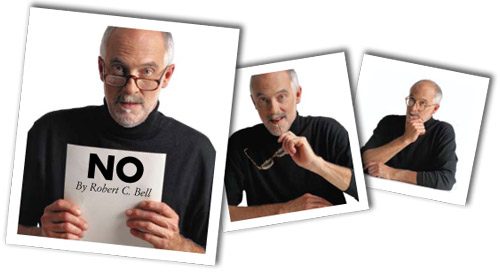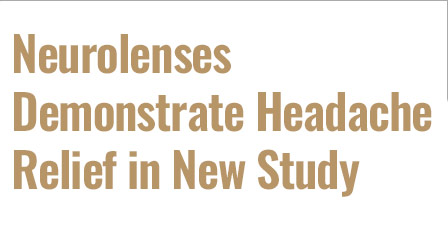
As a professional salesperson, I love this word. Don’t you? If you don’t, you should.
We have developed a very funny relationship with the word “no.” So much so we don’t like to hear it and even funnier still we don’t like to say it. When we don’t like to hear or say “no,” it creates a big problem in the sales cycle.
Once, in one of my seminar/workshops I stated, “When you hear no, move on. It’s over.” All hell broke loose. Everyone got very riled and objected; saying that they’ve always been told to be persistent in trying to convince the patient to say “yes.”
I responded by asking, “What does ‘no’ sound like in your office? Meaning, when your patients say ‘no,’ how do they say it?” Here were the top three responses:
•“It’s too expensive.”
•“Does my insurance cover it?”
•“Let me think about it” or “Let me ask my wife/husband.”
I wrote these out on a board, held out a red marker and offered $100 to the first person who could circle the word “no” in any of those responses. Of course, the $100 stayed intact in my wallet because no does not exist in any of those responses. Yet, we’ve been conditioned to hear no in these statements or questions.
Let’s clear this up right now. Those common responses are not “no.” They are objections. We’ve addressed how to handle all objections in a previous column (December 2008 issue of 20/20). Objections aren’t no, they’re only objections of which you can now easily isolate and overcome.
But, if your patients mean no, then why don’t they just say it? I think it’s because they’re trying to be nice and not hurt your feelings. Think about it. When you are the customer and a bad salesperson is trying to sell you something, what do you do? Do you say, “No, thank you” or do you give them a series of excuses (objections) to try to soften the blow. I believe all of us think no is too harsh so we’ll throw out an objection or what I like to call a “soft no.”
It would be nicer to just say “no” if they mean no. The reason I’ve taught you how to isolate objections previously is to make sure the objection is real as opposed to masking the no behind the objection. The problem with substituting an objection for no is that it can waste a lot of time.
Let’s get your patients to say “no” when they mean no. I know this sounds a bit strange but let me ask you this question: If you’re going to hear no anyway, would you like to hear it in the first 20 seconds or 20 minutes later?
One of the goals in selling is to get a definitive response to make our time most effective. Getting the patient to say yes or no is as definitive as it gets. If you hear “yes,” wonderful. Help them acquire what they need. If you hear “no,” great! Do not try to persuade them. Move on.
Time saving, isn’t it?
So how do we get them to give us a simple yes or no? Re-read my column in the September 2008 SellersGuide issue. In that column, I teach you how to ask a specific pain question accompanied by four follow up questions. The last question is: “Would you like me to help you with that?”
A pretty basic question that begs for a very simple “yes” or “no.”
Robert C. Bell is president (and head coach) of EyeCoach, an organization designed to teach and coach innovative and industry-specific sales techniques to eyecare professionals. Contact him at [email protected].













